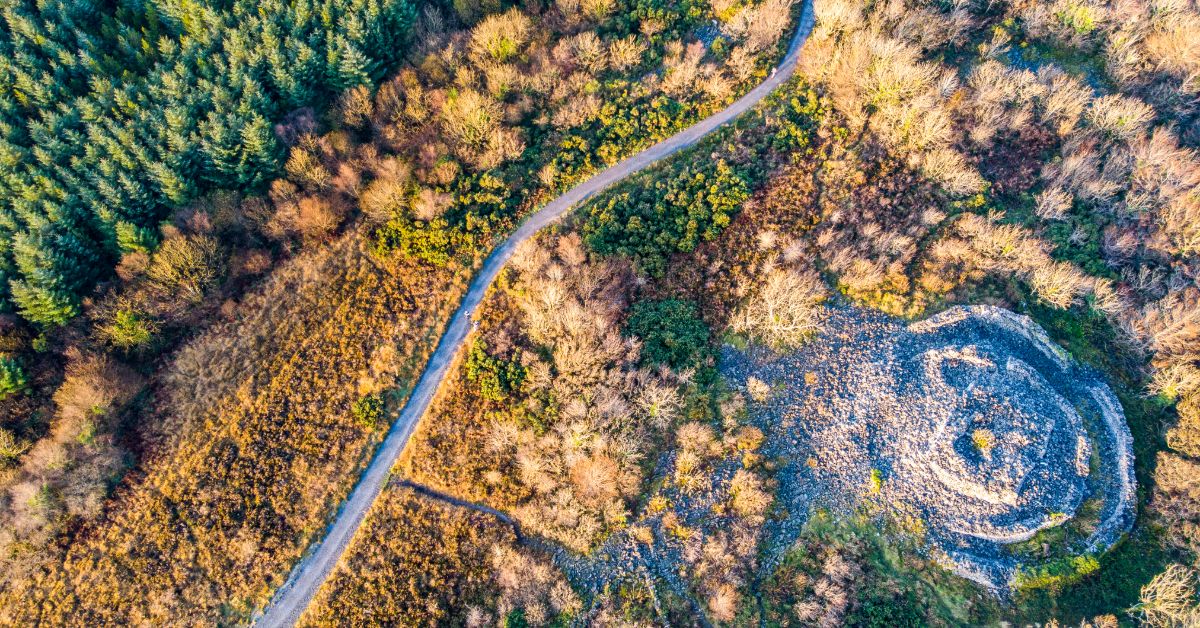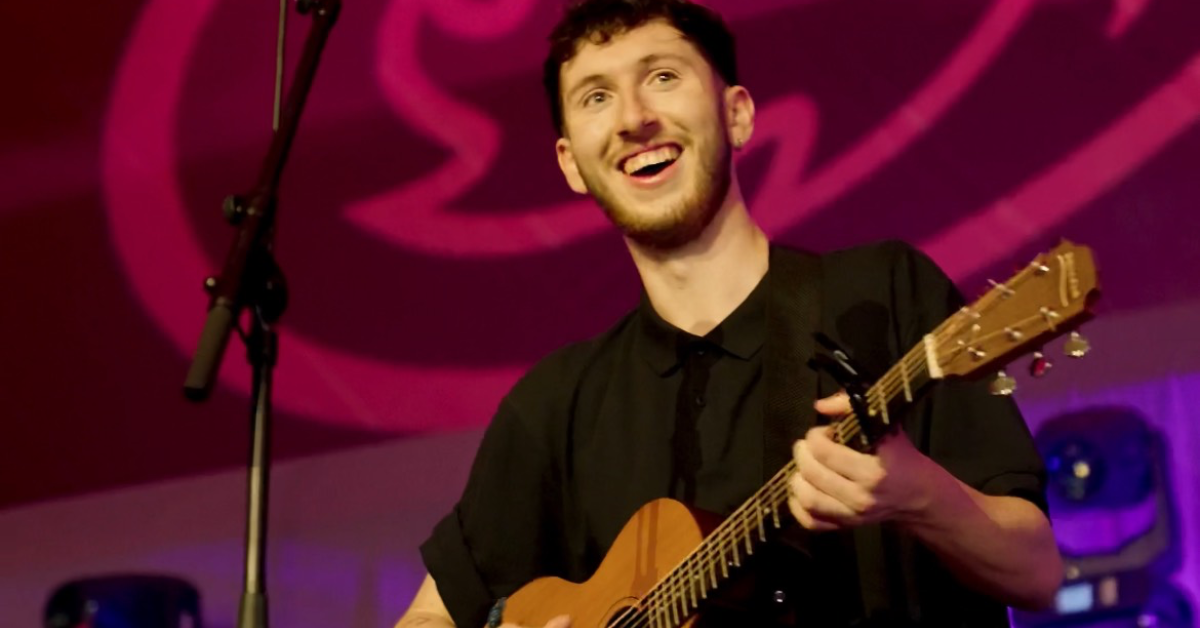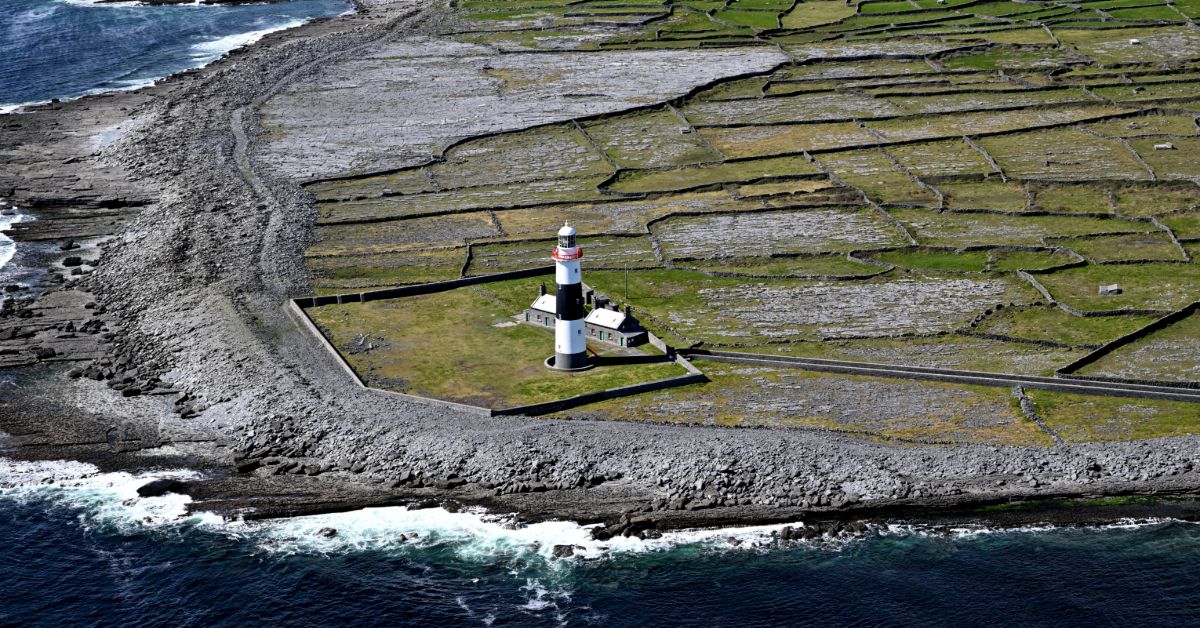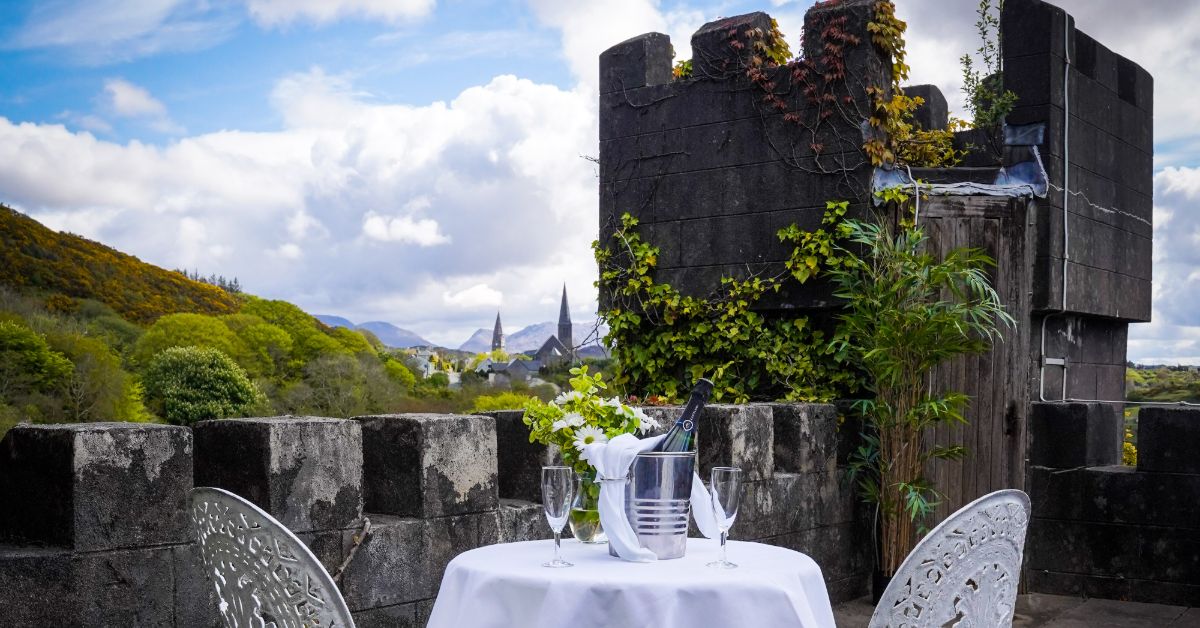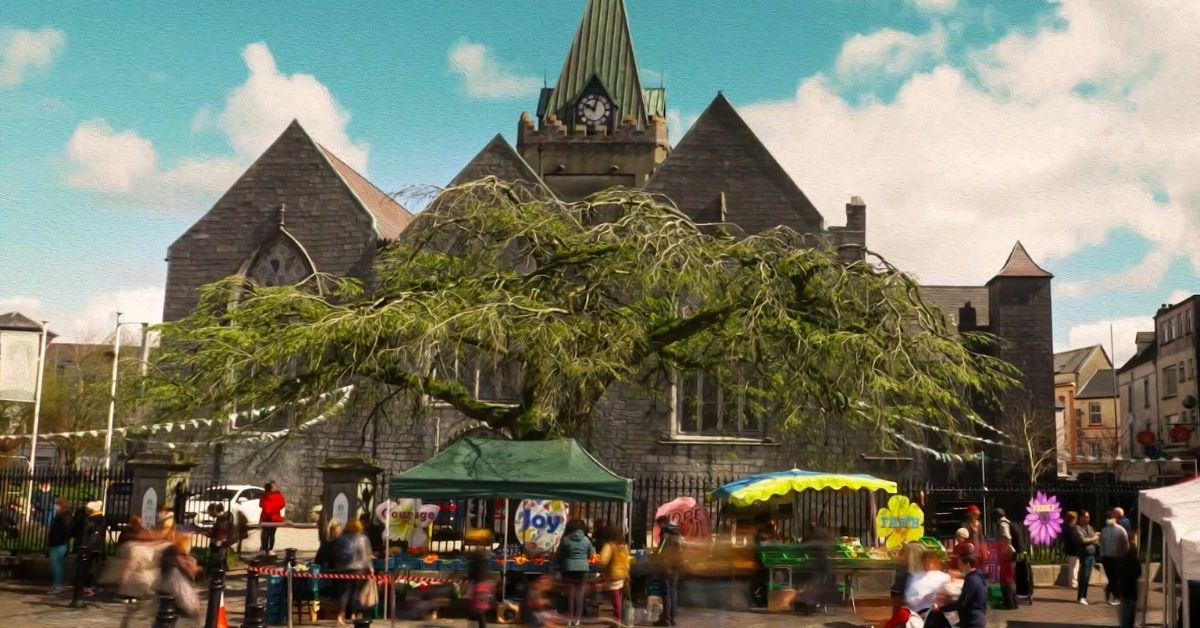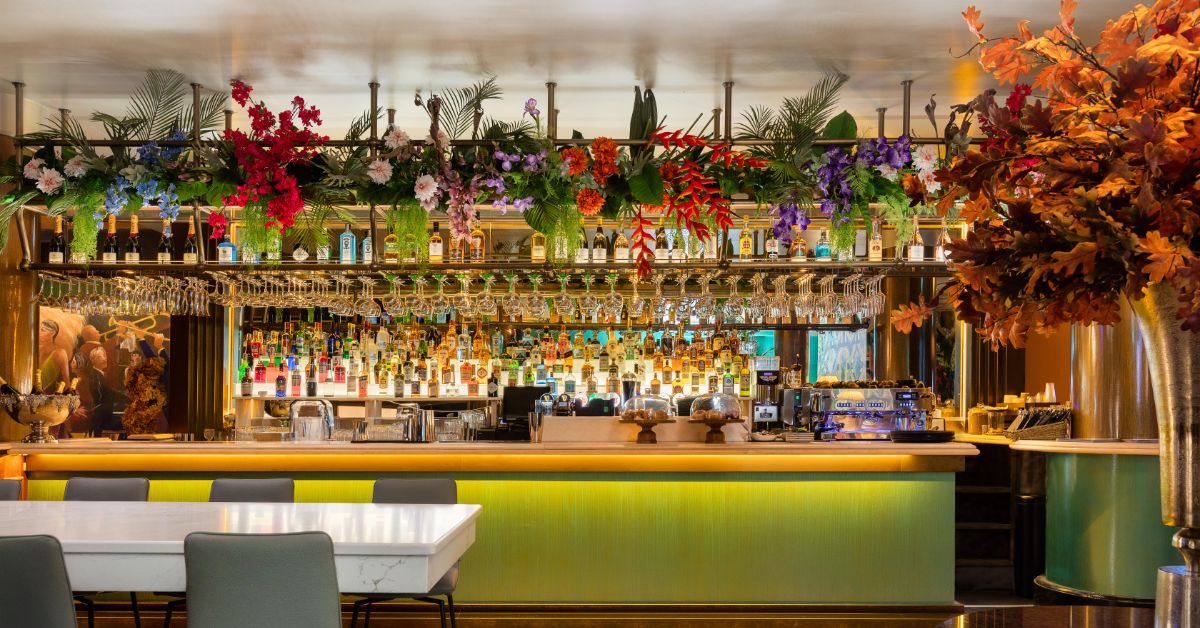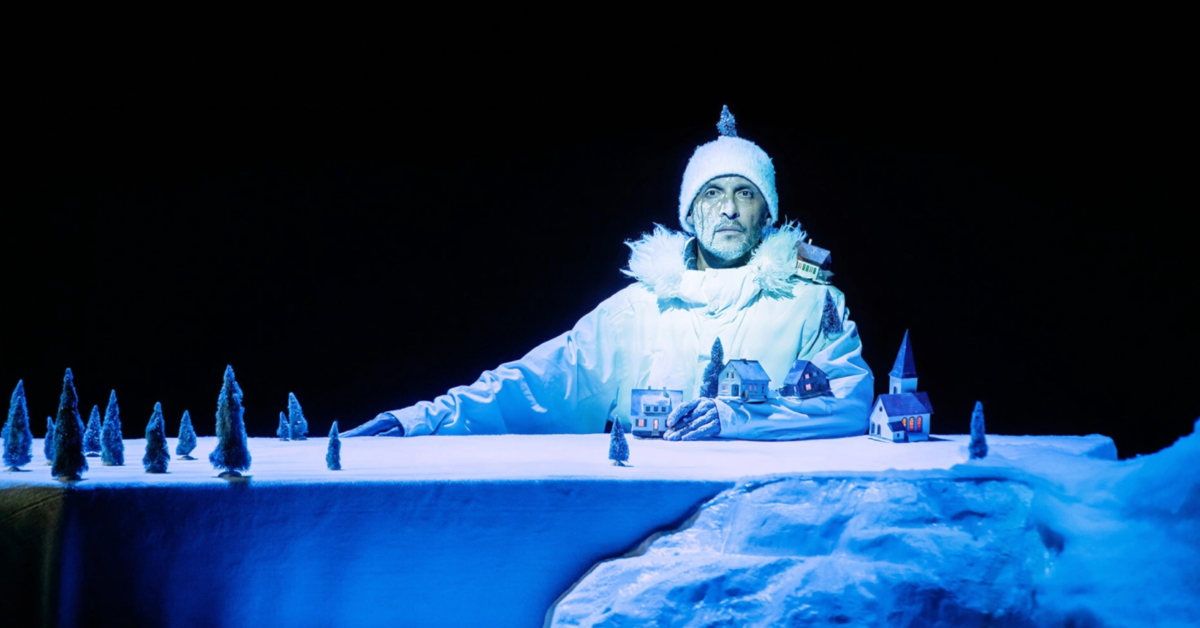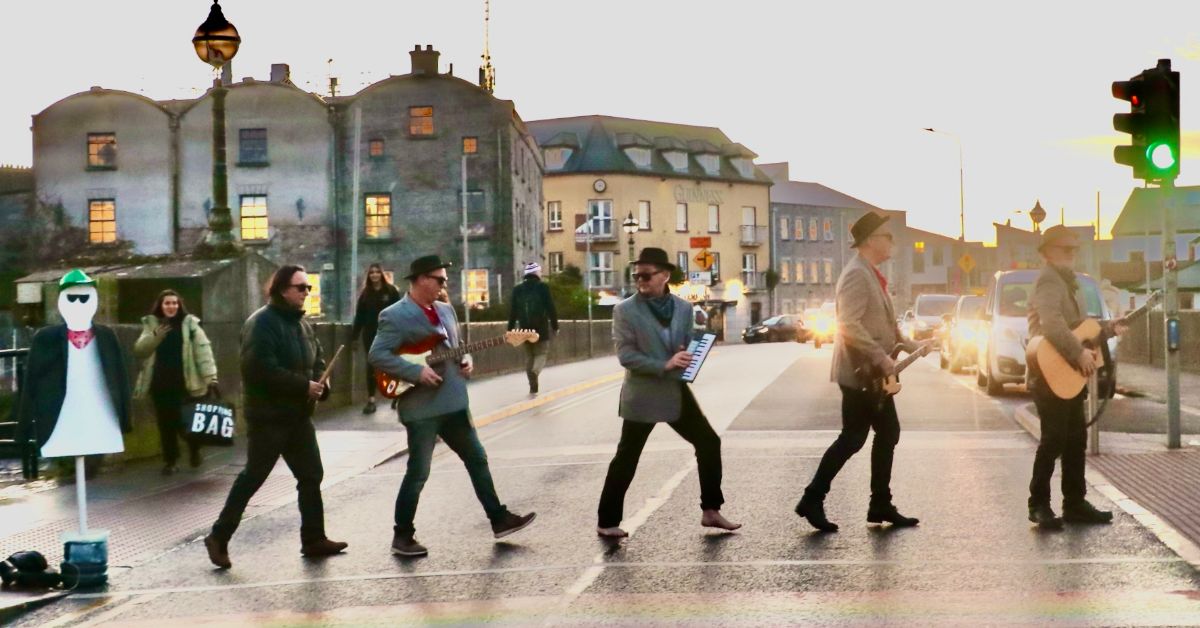Standing 167m high, the area surrounding Knockma Hill is a place full of myth and mystery. Often referred to as Fairy Hill, the summit of Knockma offers an incredible panoramic view of Galway. Situated 8km from Tuam, the hill has been made famous due to its historical importance and to the fairy legends that surround it.
Two of the three Cairns at the summit are said to be the resting place of Queen Maeve of Connacht and Ceasair, one of the first goddesses of Ireland. She was a granddaughter to Noah. When she was refused entry onto the ark, she decided to create her own ark and led a group of people to Ireland in the hopes of starting fresh there. The central cairn of the three is named Carn Ceasra, after her. Another of the Cairns was remodelled as Finnbheara’s (Finnvara) Castle. The place where Finnbheara the King of the Connacht fairies holds his court of Daoine Sidhe. In some legends he is also referred to as being the King of the Dead.
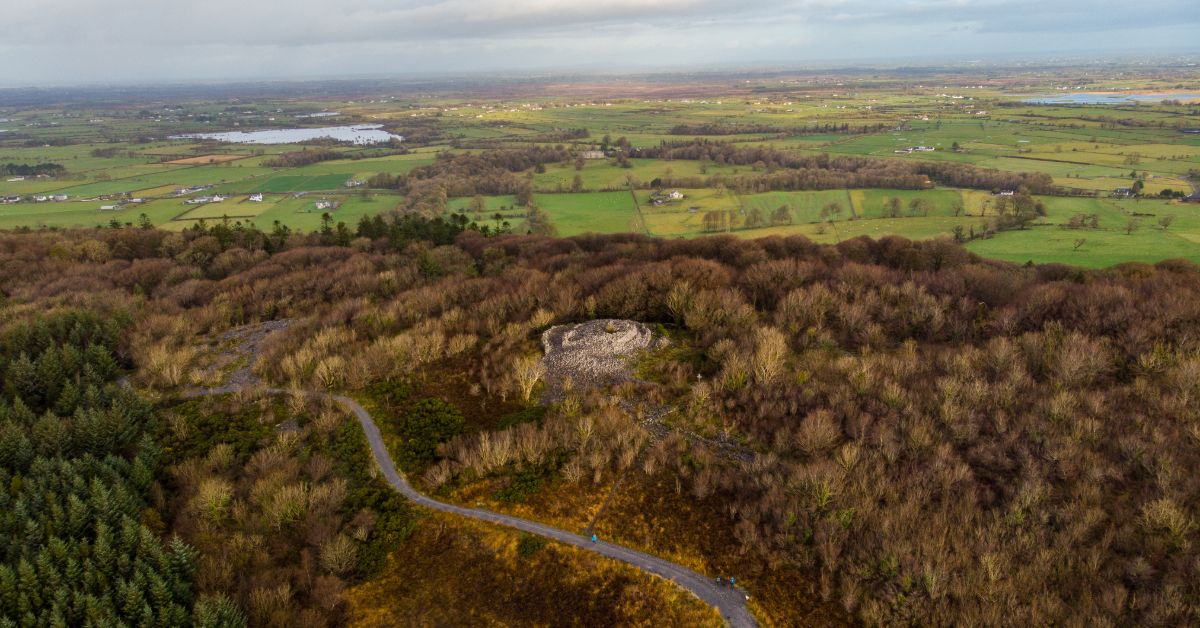
There are more cairns farther down the hill with the whole area being covered with archaeological features that range in origins from late Mesolithic (6,000-7,000 BC) to early pre-Christian periods. Many ancient ruins remain, including cairns, underground passages and forts suggesting it was once a significant ceremonial area during the Neolithic period. There is also evidence of a major settlement that stretches back to pre-Christian times.
Several tombs and the remains of a hill fort were discovered on a subsidiary ridge to the east of Knockma. Dating the findings has been complicated by the fact that it is believed that the Kirwan family remodeled some of these monuments. As a result of this, several of the cairns on the hill were given a "step-like" profile. Recent studies suggest that Knockma’s cairns were originally passage chambers which were aligned with ritual significance.
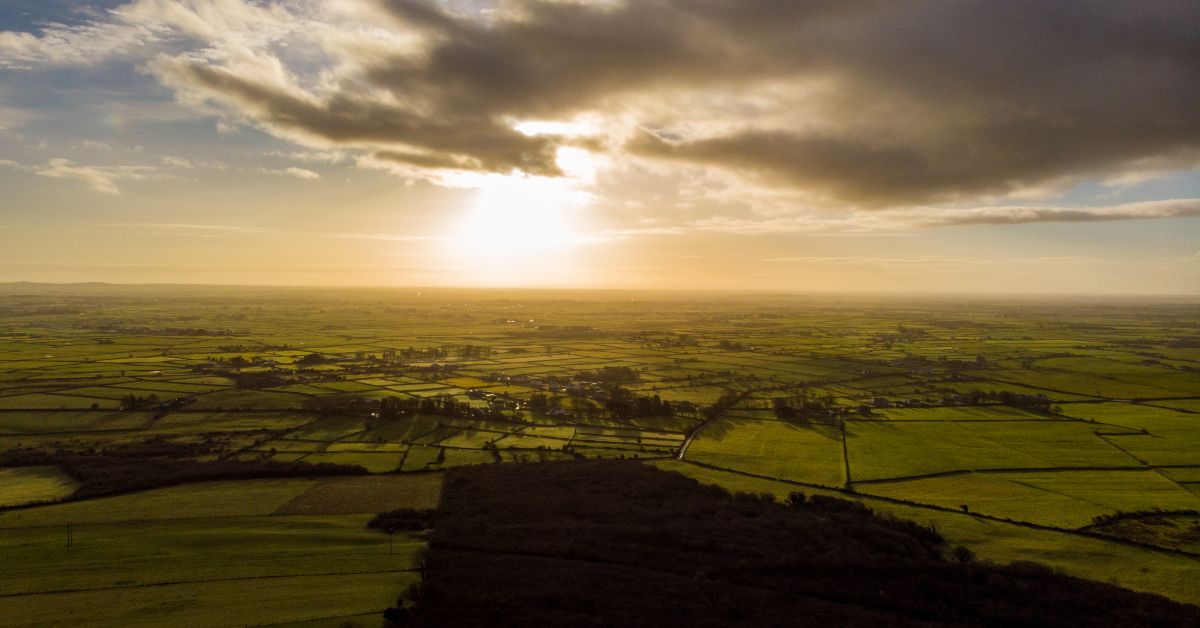
The Kirwan family built Castle Hackett at the foot of Knockma during the 17th century and tales of the fairy folk have surrounded the castle ever since. One story tells of Lady Eithne Kirwan’s disappearance, when her husband went in search of her he heard whispers in the fairy mound telling him that Finnbheara had taken her. In response, Kirwan ordered his servants to dig in the centre of the mound so that he may rescue Eithne. Finnbheara released Eithne, however she remained in a trance-like state for a year. It wasn’t until Kirwan removed the magic girdle that Finnbheara had placed around her waist that the spell of enchantment was destroyed. A large hole can still be seen today in the fairy mound on Knockma Hill. It is known as the Fairy Glen.
Another story tells of Lord Kirwan who, while on his morning ride, met King Finnbheara riding on a horse made of fire. Luck was said to have followed the Kirwan family after this meeting, as the family prospered and their horses never lost their races. Today, while the castle is little more than a ruin, it is said that Castle Hackett is now haunted by Finnbheara and his fairies.
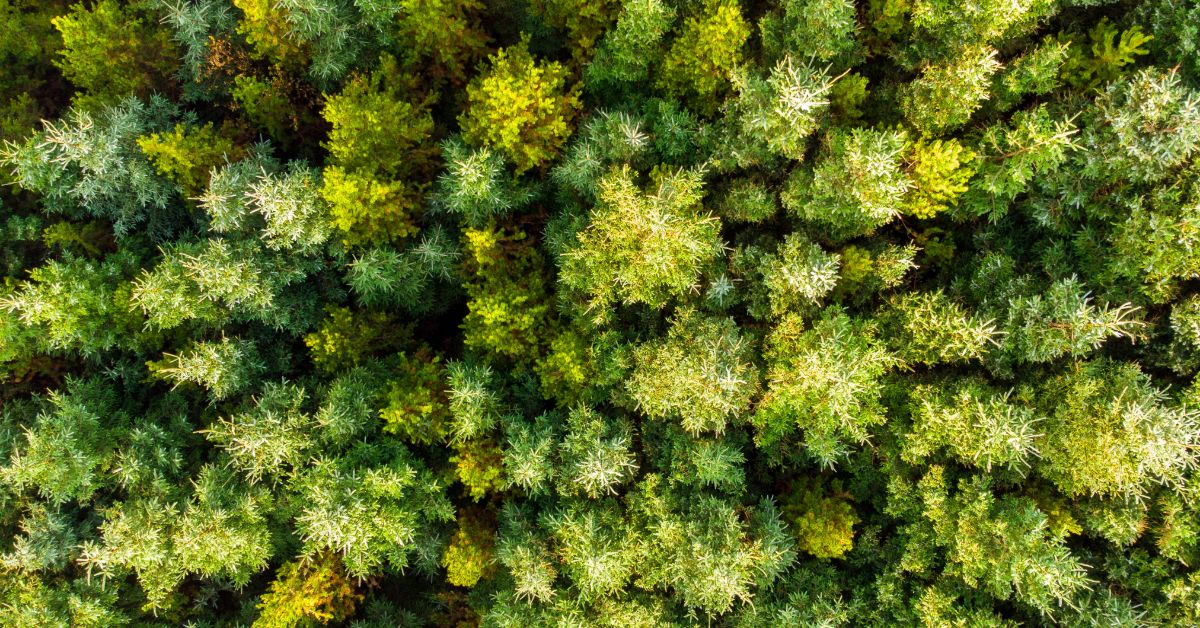
Soft breezes felt on Knockma Hill are referred to as fairy paths. Soft hot breezes indicate a good fairy whereas a sudden shiver shows that a bad fairy is near. At the time of the potato famine many people in the area attributed the famine to conditions in the fairy world, with people reportedly seeing fairies fighting in the skies over Knockma Hill.
Discover more haunting tales of Galway here.
Thank you to Martin Kalvaster for supplying the fantastic images. Check out more of their work at fotobymartin.com
Published on Updated on


